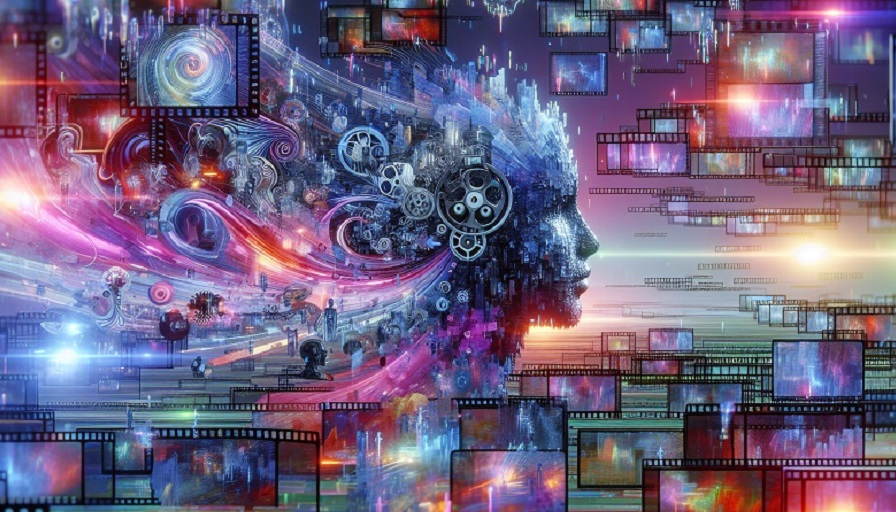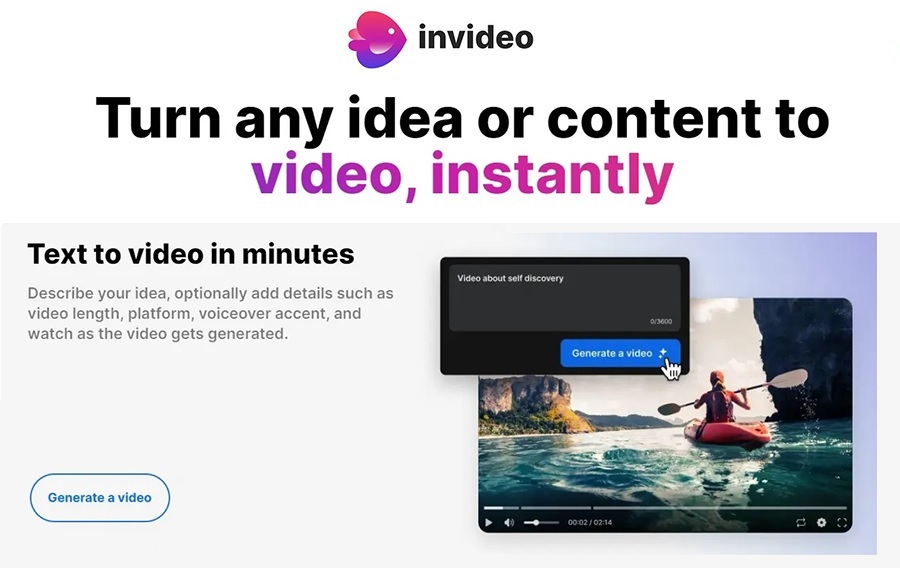
Stories are the lifeblood of human communication. From campfires to cinema screens, we share narratives to make sense of the world and connect with one another. Artificial intelligence is beginning to influence these narratives in ways that were unimaginable just a decade ago. By analyzing patterns, generating drafts, and even personalizing story arcs, AI is shaping how creators build and share content. The question is not whether AI will play a role in storytelling – it already does – but how creators can harness its potential while staying true to their own voices.
Contents
The Role of AI in Modern Storytelling
Artificial intelligence is emerging as a collaborator in the creative process rather than a replacement. By assisting with structure, pacing, and even language, AI gives creators new tools to shape compelling narratives. These tools are changing how stories are developed, shared, and experienced by audiences.
Pattern Recognition and Data Insights
AI thrives on data. By analyzing viewer behavior, it can reveal which story elements keep people engaged. For example, it may highlight that audiences respond best when action occurs earlier in a video, or when emotional beats are spaced evenly throughout. This insight helps creators fine-tune their narratives to hold attention.
Automated Drafting
Some AI tools can generate outlines or even full scripts based on prompts. While the raw output often needs refinement, it gives creators a head start. Instead of facing a blank page, they begin with a draft that can be shaped into something unique.
Adaptive Story Structures
AI is capable of adjusting narratives in real time based on audience interaction. In interactive films or games, it can branch stories dynamically depending on viewer choices. This flexibility allows for more personalized experiences that traditional linear storytelling cannot achieve.
Enhancing Creativity Through AI Tools
AI is not designed to replace human imagination. Instead, it works as a catalyst that frees up creative energy. By automating technical chores and offering inspiration, AI lets creators explore new directions without being weighed down by routine tasks.
Idea Generation
Creative block can stall any project. AI can suggest themes, character arcs, or dialogue prompts that spark new directions. While not every suggestion is gold, these inputs can inspire breakthroughs that push narratives forward.
Visual and Audio Assistance
Storytelling is not just words – it is also sights and sounds. AI tools can generate background music, create motion graphics, or enhance imagery to support a narrative. These enhancements help bring ideas to life faster and with fewer resources.
Collaborative Brainstorming
Working with AI can feel like brainstorming with a partner who always has a suggestion. Creators remain in control, but the back-and-forth sparks new ideas. This sense of collaboration keeps momentum alive during challenging stages of production.
Audience Engagement in the Age of AI
Storytelling has always been about connection, and AI is reshaping how creators build those connections. By tailoring content to audience preferences and behaviors, AI-driven narratives can feel more personal and relevant than ever before.
Personalized Storytelling
AI can adjust content to suit individual preferences. For example, platforms might recommend different story versions depending on a viewer’s age, interests, or location. This personalization keeps audiences more engaged and deepens their connection to the story.
Real-Time Feedback
Through analytics, AI provides instant insight into how audiences respond. If viewers drop off after a certain scene, creators can adapt future projects accordingly. This feedback loop ensures stories remain aligned with audience expectations.
Interactive Narratives
Interactive formats, such as choose-your-own-adventure videos, are easier to build with AI support. By managing multiple storylines and outcomes, AI allows creators to experiment with more dynamic storytelling styles that keep audiences involved.
Challenges of AI-Driven Narratives
While AI offers exciting opportunities, it also comes with limitations. Creators must be mindful of these challenges to ensure their work maintains authenticity and avoids overdependence on automation.
Risk of Generic Output
AI often relies on existing data, which means its outputs can sometimes feel formulaic. Without human oversight, stories risk losing the originality that makes them memorable.
Ethical Considerations
Using AI to generate story elements raises questions about authorship and authenticity. Audiences may feel disconnected if they learn a narrative was heavily machine-generated without disclosure. Transparency helps preserve trust.
Over-Reliance on Technology
Depending too much on AI can erode creative confidence. Creators must strike a balance between leveraging AI for efficiency and ensuring their unique voice guides the project.
The Future of AI and Narrative Content
The evolution of AI promises even greater changes in how stories are told. As tools become more advanced, they will offer deeper integration into creative workflows, giving creators unprecedented opportunities to experiment and innovate.
Hyper-Personalized Content
Future AI may tailor stories for each individual viewer, creating experiences that feel one-of-a-kind. This could revolutionize entertainment, education, and marketing alike.
Stronger Creative Partnerships
AI will likely become more intuitive, offering suggestions that feel more aligned with a creator’s style. Instead of starting from scratch, creators will collaborate with systems that already understand their preferences.
Global Storytelling
As translation tools advance, AI will allow stories to cross cultural and language barriers effortlessly. This will expand the reach of creators and give audiences access to narratives from around the world.
Artificial intelligence is not replacing human storytellers – it is reshaping the way stories are imagined and delivered. By offering inspiration, automation, and personalization, AI expands what is possible in narrative content. At the same time, it challenges creators to stay authentic, thoughtful, and intentional about how they use these tools. The future of storytelling lies in collaboration between human imagination and machine intelligence, a partnership that promises to bring richer and more engaging narratives to audiences everywhere.

